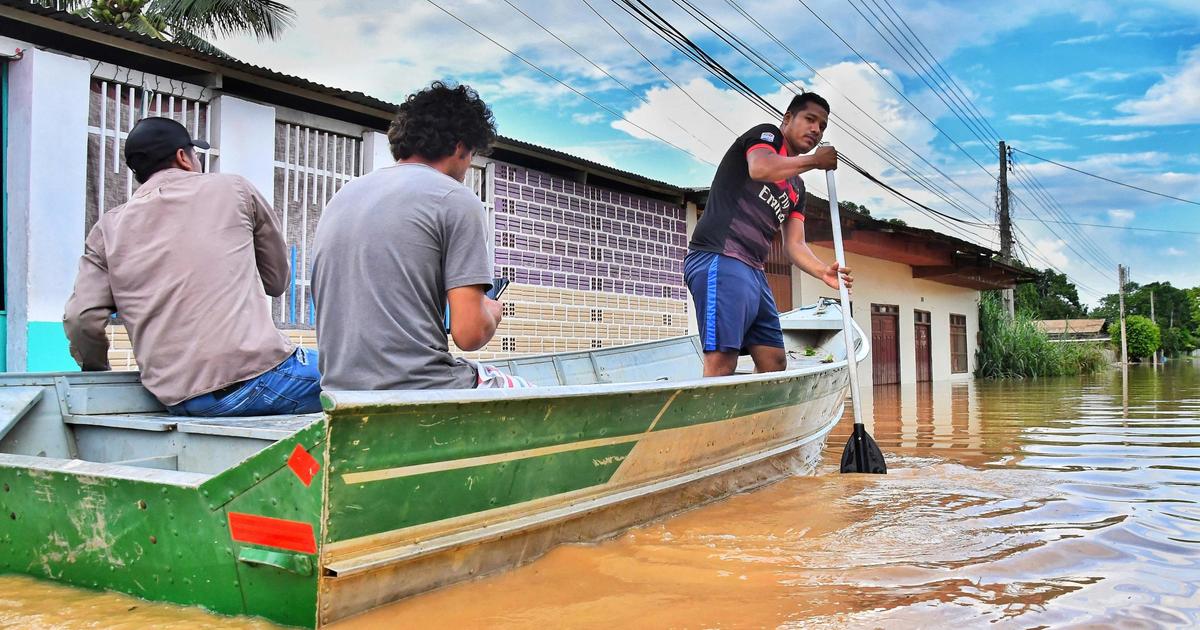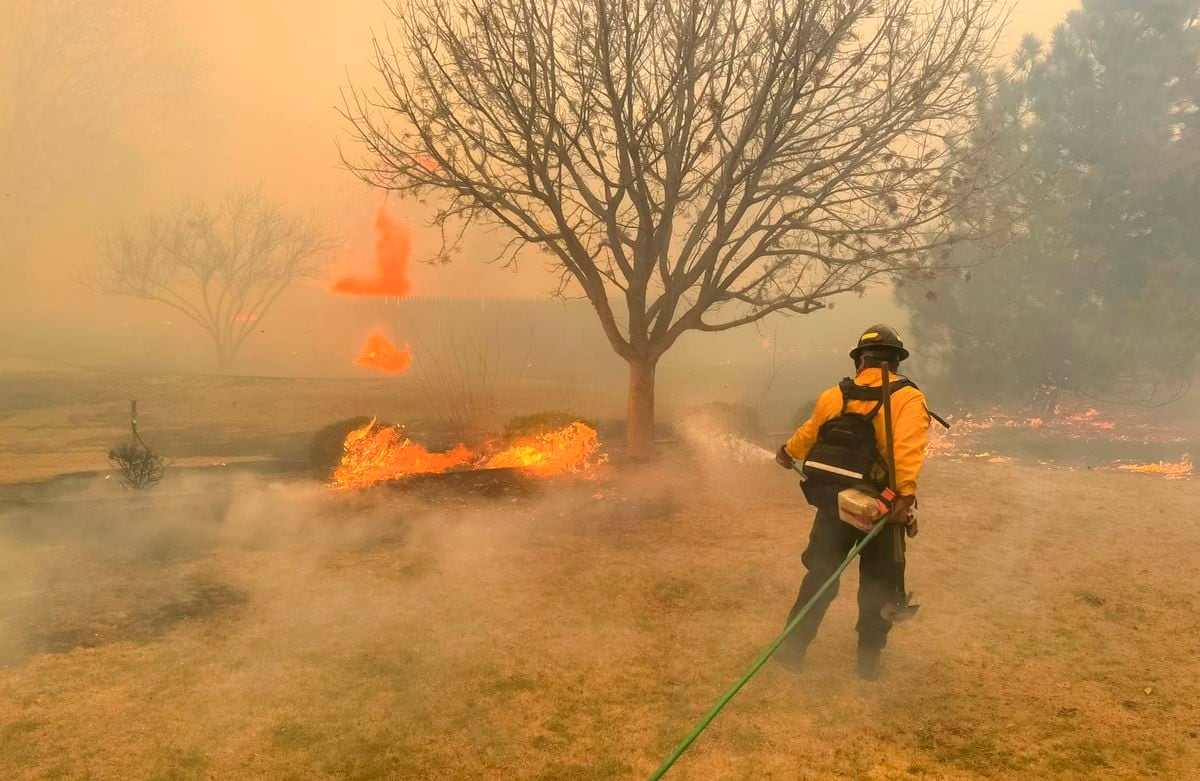Enlarge image
Flood in Peru (picture from 2017)
Photo: Edwin Zapata / Agencia EFE / IMAGO
Climate change could lead to stronger El Niño events as early as 2030 - decades earlier than previously expected.
This can have global implications.
This is the result of a study published in the journal »Nature Communications«.
The researchers analyzed records of sea surface temperature in the Pacific to model changes in the El Niño-Southern Oscillation (Enso) under current projections of global warming.
Enso is the strongest and most consequential annual climate variability on the planet, with mostly significant societal and environmental impacts.
There is a warm phase - El Niño -, a cold phase - La Niña - and a neutral phase.
The team studied Pacific sea temperatures from 1950 onwards and used climate models to estimate when increased Enso variability due to anthropogenic warming will be detectable in the eastern or central Pacific.
The result: the temperature changes in the eastern Pacific caused by climate change would probably be detectable around 2030, four decades earlier than previously expected.
Also, signs are expected to appear earlier in the eastern Pacific than in the central Pacific.
This is due to the faster warming of this region and a stronger influence of increasing precipitation.
El Niño brings droughts in South Africa, South Asia and Australia, while elsewhere, such as in Central and South America, there is a risk of flooding and tropical cyclones (see chart).
Strong Enso events can disrupt ecosystems throughout the Pacific.
Meanwhile, strong East Pacific El Niño events in 1982 and 1997 caused "a significant disruption to marine ecosystems," the researchers write.
Under normal conditions, trade winds blow east-west along the equator in the Pacific Ocean.
They push the water in that direction, flushing warm surface water into the region around Indonesia.
At the same time, around South America, cold water from the depths of the ocean is penetrating to the surface.
When the winds die down during an El Niño event, the warm masses of water slosh from East Asia toward America.
Within a few months, gigantic amounts of warm water move through the Pacific.
The water releases heat and moisture into the air off South America.
For the study, the scientists separated the data into those of the eastern and central Pacific.
They found that stronger fluctuations in the weather phenomenon will be detectable about 40 years earlier than earlier model calculations that had not considered the two regions separately.
Previous research had indicated that climate change amplification of Enso events would not be detectable before 2070.
"In fact, we can already see these changes over the next ten years," study co-author Agus Santoso of Australia's University of New South Wales told the Guardian.
"We should be better prepared for prolonged droughts and extreme floods in the future," Santoso said.
"Floods are probably more destructive than droughts in terms of infrastructure, but droughts have a major impact on agriculture - both sides of the coin mean significant economic losses."
an













